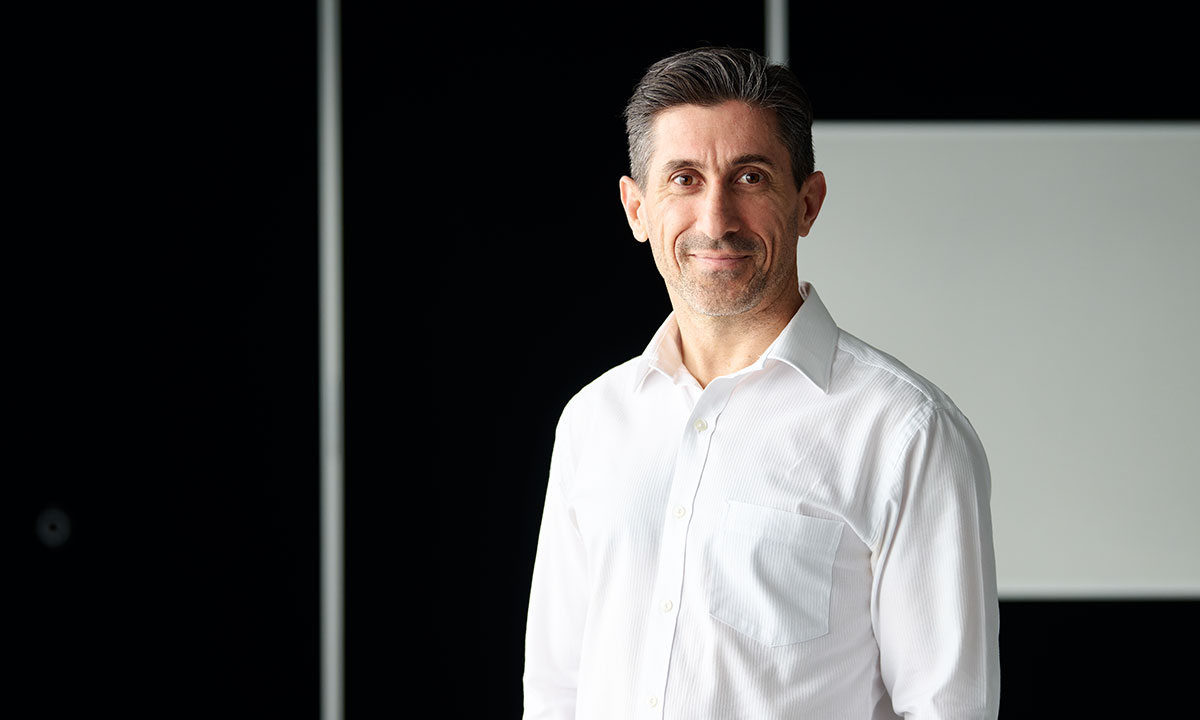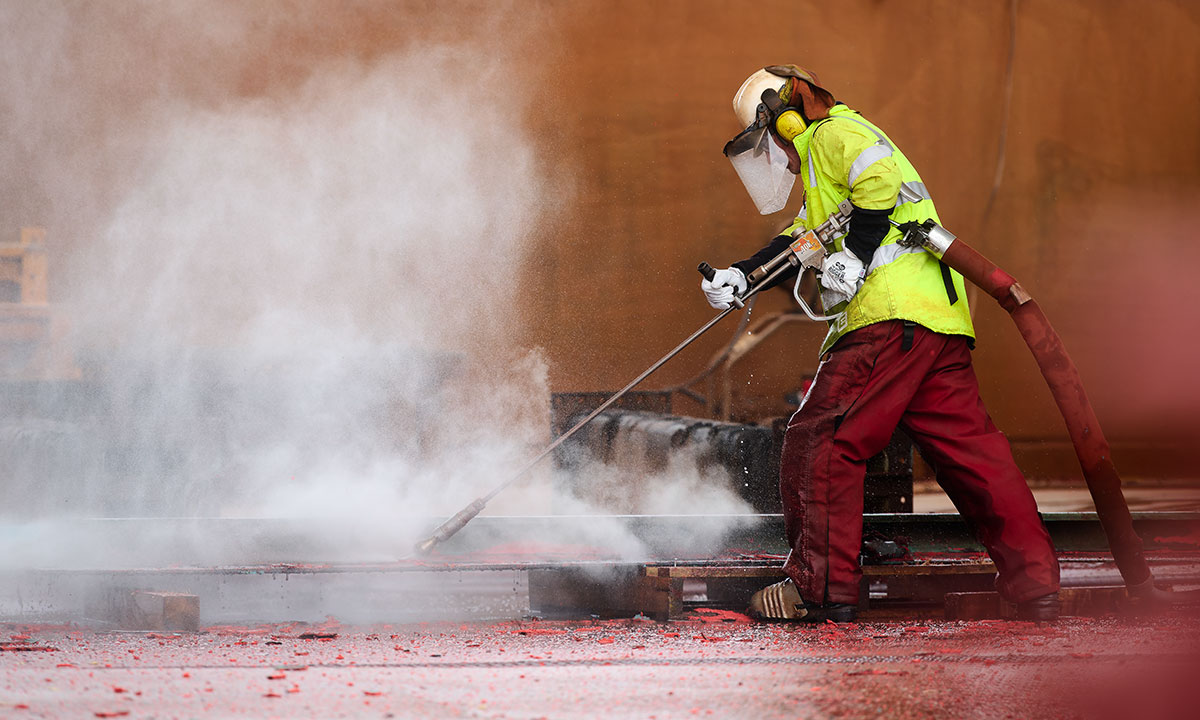Refurbishment program makes old equipment new

By refurbishing large mining equipment such as feeders, screens and exciters, Sandvik Rock Processing Solutions is reducing costs, along with metal waste and carbon dioxide emissions.
Screens, feeders and exciters are used in the harshest of mining environments and undergo a great deal of wear and tear in the field. Sandvik in Jandakot, Australia refurbishes this equipment, restoring it and reusing as many components as possible during the rebuild. What can’t be reused is often recycled.
The economic benefits of equipment refurbishment
The refurbishment process saves customers’ money and cuts down on materials and CO2 emissions. In 2023, approximately 1,000 tons of metal was reused, and an estimated 1,900 tons of CO2 emissions prevented thanks to refurbishing rather than producing equipment from scratch.
“Refurbishing is a vital part of our business today,” says Matt Gentile, Vice President Operations, Sandvik Rock Processing Australia. “We sell new screens to customers and every two to three years on average, they come back here for refurbishment. It takes several weeks to strip, inspect and decide what to reuse and replace. When completed you can’t tell the difference between a new and a refurbished screen.”

Extending the lifecycle of mining equipment
A screen can last for a significant number of years if well maintained with scheduled refurbishments, he adds. “We have examples of screens that have been refurbished five or six times, since the program started.”
Sandvik screens can weigh over 50 tons and require a team of four to eight trained technicians to refurbish them. “It’s hard work that requires up to 500 hours to complete a full strip-and-inspect. We carry out a thorough assessment, including water blasting and sand blasting the components, and non-destructive testing of high stress areas to determine if there is fatigue cracking. It’s a big job with inherent risks and requires a strong emphasis on performing the work safely,” says Gentile.
When completed, customers essentially get a brand new screen, but at a lower cost. Any updates to the product or design changes are also made in the refurbishment process so the customer receives the latest in product optimization. It is also safer and more operationally efficient for customers to refurbish their equipment rather than relying on in-field repairs, adds Gentile.

Reducing costs and optimizing assets
The refurbishment program for customers was kicked off in 2011, at what was then a part of Schenck Process Group. The mining-related business was acquired by Sandvik in 2022. The refurbishment program began during a mining boom, at a time when major capital investments were being made in equipment, says Gentile.
Customers were looking to reduce costs and optimize assets. Today we still haven’t seen any similar programs of this scale. Nowhere else is it a core part of the business.
In 2023, more than half of the exciters, screens, and feeders built at Sandvik Rock Processing Solutions in Jandakot were refurbished. This adds up to about 480 exciters and nearly 100 screens. And, while Sandvik mainly refurbishes its own products, it can refurbish competitors’ products as well. Over the years, several thousand products have been refurbished in total and the demand is increasing.
“Customers have come to rely on our refurbishment program,” says Gentile. “It has become as much a part of their business as ours.”
More information about the product offering: